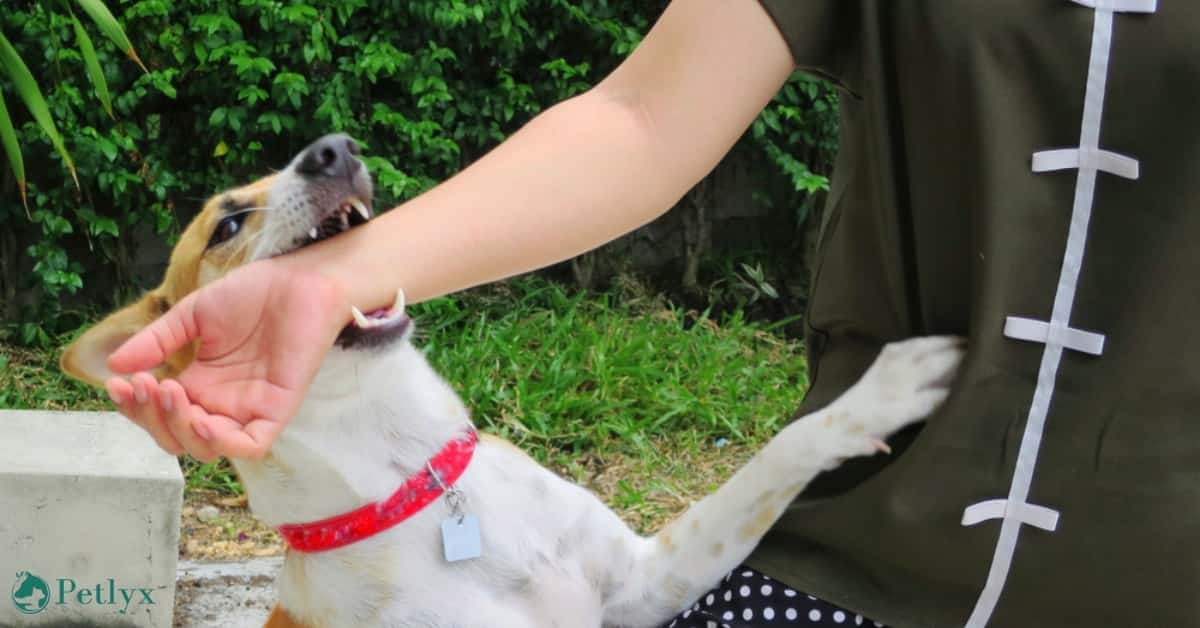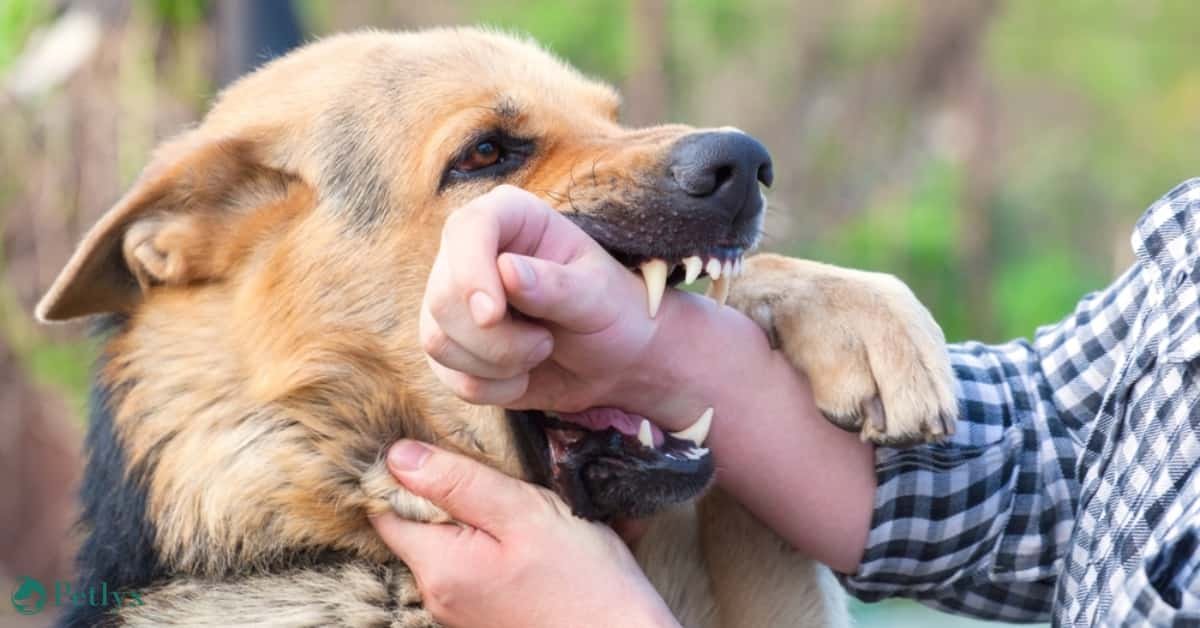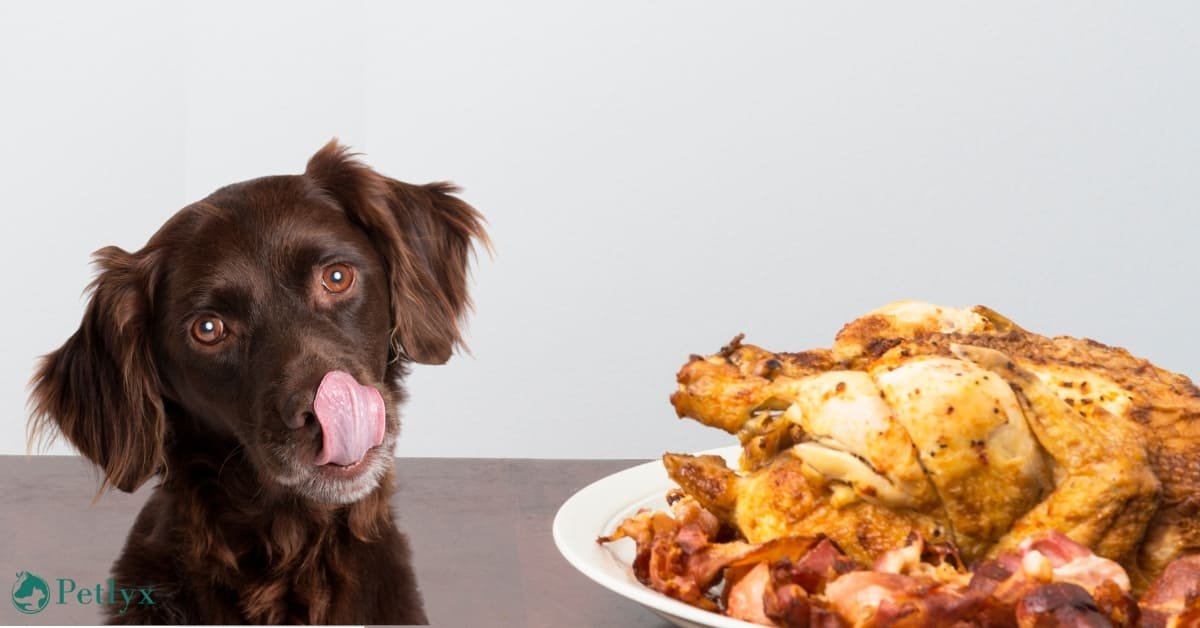A medical condition where your dog makes a motion for vomit but nothing comes out is called dog dry heaving. Though a normal vomit does not need to worry about dry heaving in dogs needs an emergency vet call. Recognizing the potential cause so you can treat it well is important. Here is everything involving the reasons behind dog dry heaving to the treatment for dog dry heaving. So let’s get dive.
Dog dry heaving
Dry heaving is a medical condition in which your pup makes a motion for vomit, but unfortunately, nothing comes out. It can sound like coughing, gagging, and retching. If your pup is having normal vomit, you shouldn’t worry about it, but dry heaving is a condition worth worrying about and can signal serious health concerns.
Why is my dog dry heaving
A few medical conditions are responsible for dog dry heaving while some of these can be fatal in case you don’t treat it right away. If you see your dog is dry heaving, consider it an emergency and make a vet call right away. Here are some medical conditions that can lead your dog to dry heaving, starting with a fatal condition known as bloating.
Gastric dilation and volvulus (Bloating)
Bloating is a medical condition in pups that can be fatal very quickly. This condition can occur if the air is filled in your pooch’s stomach which increases the pressure and creates a blockage of blood flow from the hind legs and abdomen from returning to the heart. Sometimes it can cause the stomach to twist, restrict further blood flow, and lead the pancreas to liberate toxic hormones which can ultimately result in a sudden heart attack. Bloating signs include dry heaving, restlessness, increased salivation, enlarged abdomen. They may also have pain when you touch their belly. Make an urgent vet call if you see bloating signs in your dog.
Poochs suffering from the bloating condition can have a shock within 1 to 2 hours with increasing heartbeat they will lose strength and ultimately death occurs.
Object stuck in the throat
Sometimes a foreign object is caught in your pooch’s throat and he might be trying to force this foreign object out as the object can cause an unfair blockage that can lead to dry heaving, retching, and gagging. If you see that your pup has caught some foreign object in his throat call your vet for urgent care.
Tumor growth
A tumor can block your pup’s throat and airways unfairly. If your dog is having any kind of growth in the back of the throat, it can cause problematic breath and swallowing conditions and ultimately dry heaving or gagging. If you see your pooch having some sort of growth in the throat back, remove it surgically to clear the passage of the airway and cease your pooch from dry heaving. Make sure your vet has diagnosed and treated the growth nicely.
Tonsillitis and sore throat
Sore throat is a condition that occurs in humans as well as in dogs. There can be inflammation and swelling in your pup’s tonsils that results in a sore throat. Ultimately the condition causes problematic swallowing natural gag reflex in canines.
Kennel cough
It is an upper respiratory problem in canines that is highly contagious and signalized by nasal discharge, a dry, hacking cough that often sounds like a goose honk. A sign of kennel cough is dry heaving. As you know kennel cough is a highly contagious medical condition, so if you see your pup having this keep him in isolation from other pups to limit the disease spread. Do not forget to make a vet call.
What should you do for dog dry heaving
If you see your pooch suffering from dry heaving, make sure to adopt a cautious side and make a vet call immediately. While tonsillitis and kennel cough do not need an emergency vet visit, oral antibiotics, and anti-inflammatory drugs are available to control the condition. However, vet intervention is required for acute causes of dog dry heaving. Have a keen eye on your dog’s activity so there can be no chance of stuckness of foreign objects in his throat. But all and all bloating is dangerous, so don’t wait and immediately make a vet call.
Conclusion
Dog dry heaving is a serious concern that should not be ignored even if you see a mild sign of the problem. Understanding signs of illness is important so have a keen eye on your dog’s activity to analyze what it is and what should be your next move.






